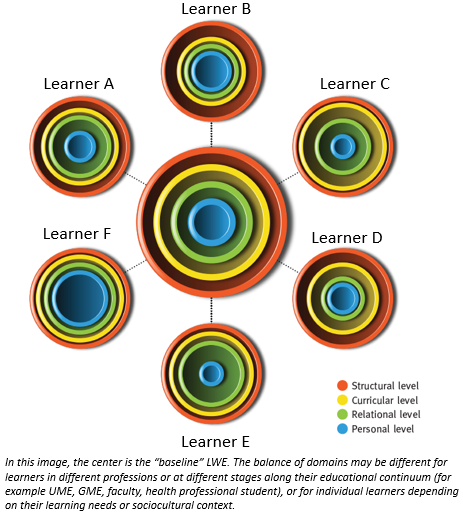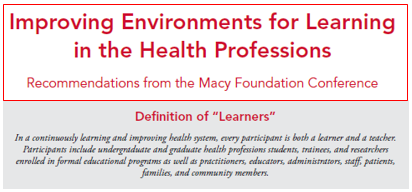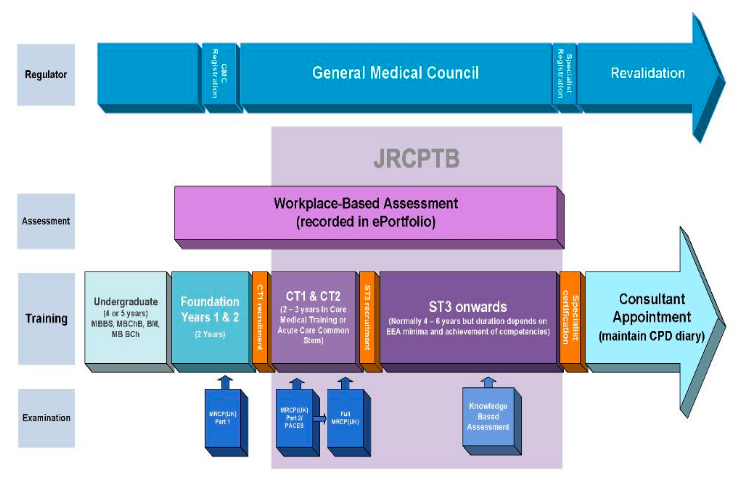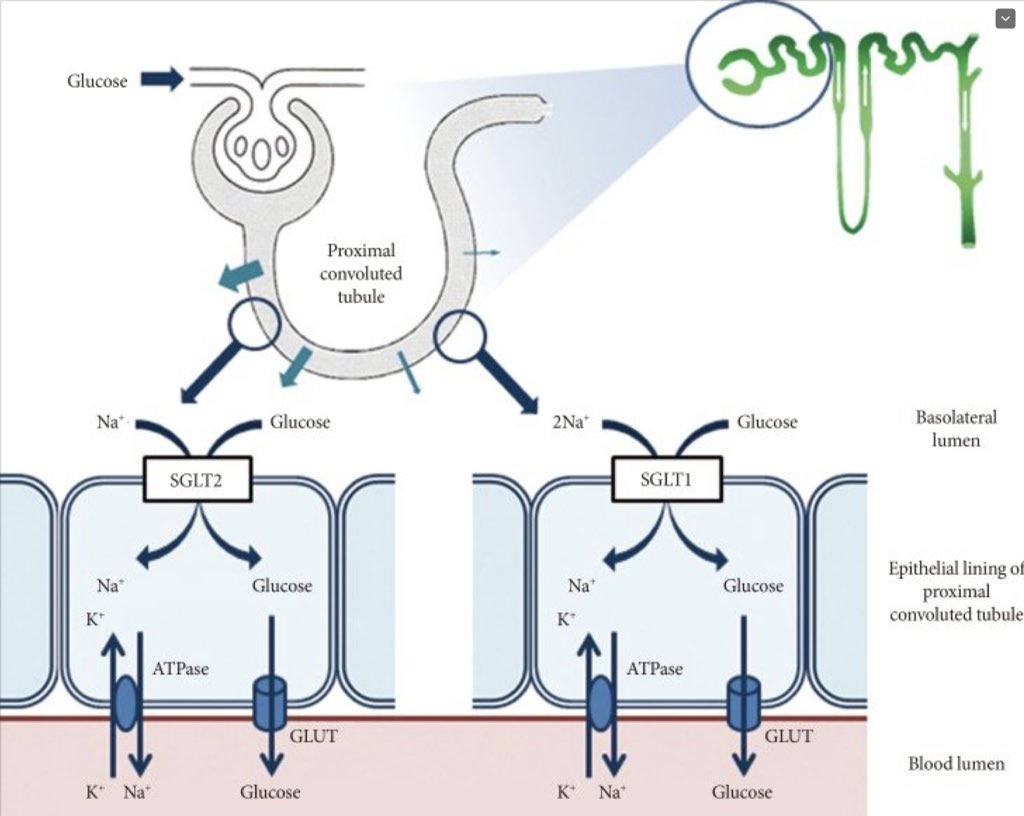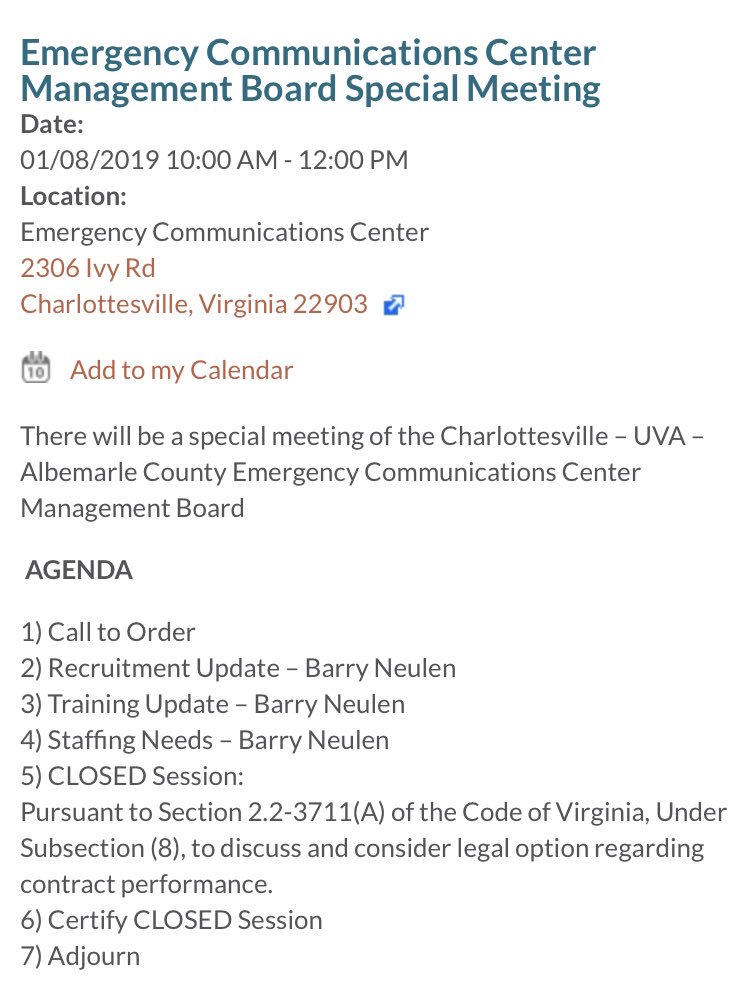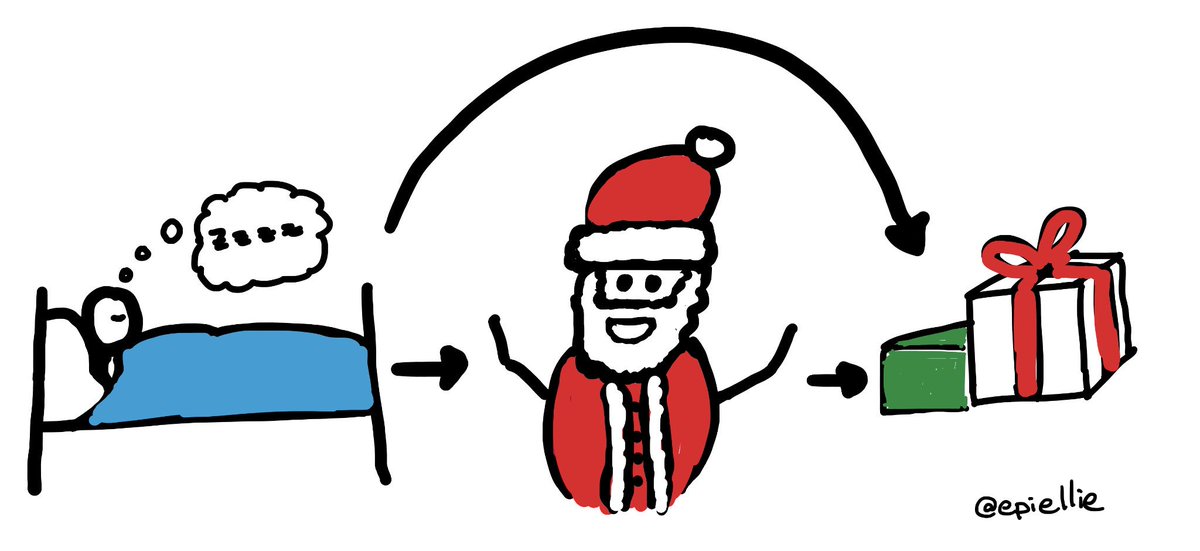Do you wonder what the Clinical LWE *is*? Given the energy we put into making the LWE better, why is this still such a confusing question?
So - can you define the LWE?
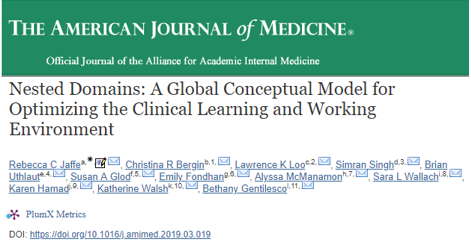

The LWE is the nesting of personal, relational, curricular, & structural domains as traversed by multiple learners, centered on the needs of individual or populations of patients, & influenced by the sociocultural context. bit.ly/lweajmpre
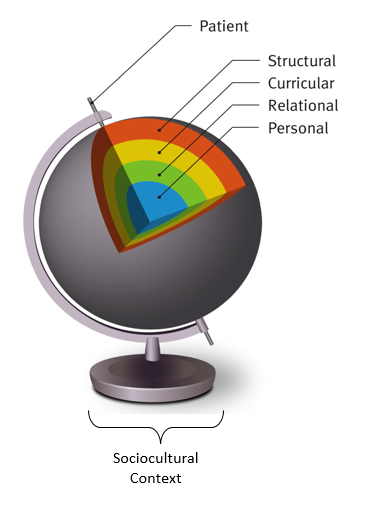
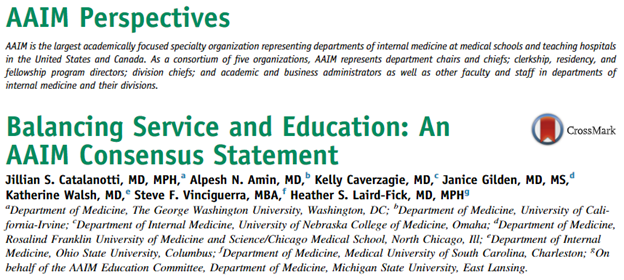
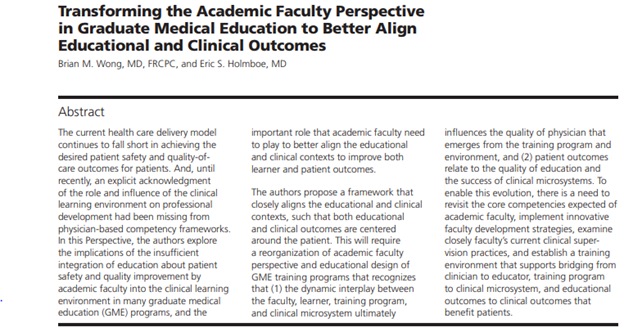
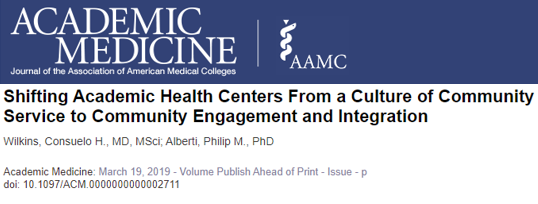
Which is NOT personal?
Which is NOT relational?
Which is NOT curricular?
Which is NOT structural?
